An Empty Tokyo Captured Through Masataka Nakano’s Lens
The photographer captured deserted locations in the capital just after the bursting of Japan's economic bubble in his series ‘TOKYO NOBODY.’
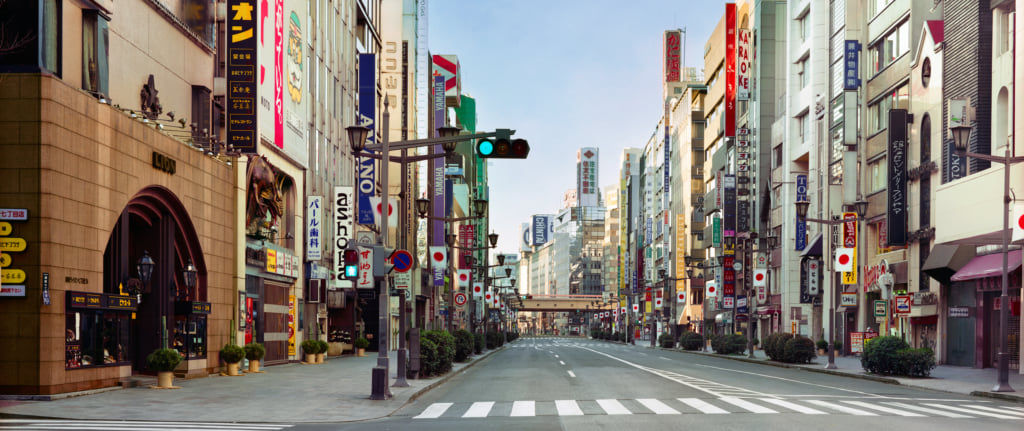
‘Ginza Chuou-ku’, Jan. 1996 by Masataka Nakano, courtesy of Gallery ART UNLIMITED
If there were ever a photographer accustomed to the sight of a deserted Tokyo, it would be Masataka Nakano. Throughout the 1990s, he focused on photographing empty places in the capital for his series TOKYO NOBODY. His use of a camera with a wide angle 8×10 lens lends his photographs an infinite quality and a sense of timelessness. No district went unphotographed, and he even managed to capture some fleeting shots amidst the chaos of places like Shibuya and Shinjuku.
Tokyo as a muse
Masataka Nakano was born in 1955 in Fukuoka and grew up in Tokyo, before becoming a professional photographer in his thirties and working on advertising campaigns at a large number of magazines. TOKYO NOBODY is his first series to be published (by Little More, in 2000). It was thanks to this series that he won the Newcomer’s Award from the Photographic Society of Japan in 2001. Other series followed over that decade, all with the capital as their subject, including TOKYO WINDOWS (published in 2004) and TOKYO FLOAT (2008), notably exhibited at the gallery ART UNLIMITED.
TOKYO NOBODY (2000), a book by Masataka Nakano is published by Little More.
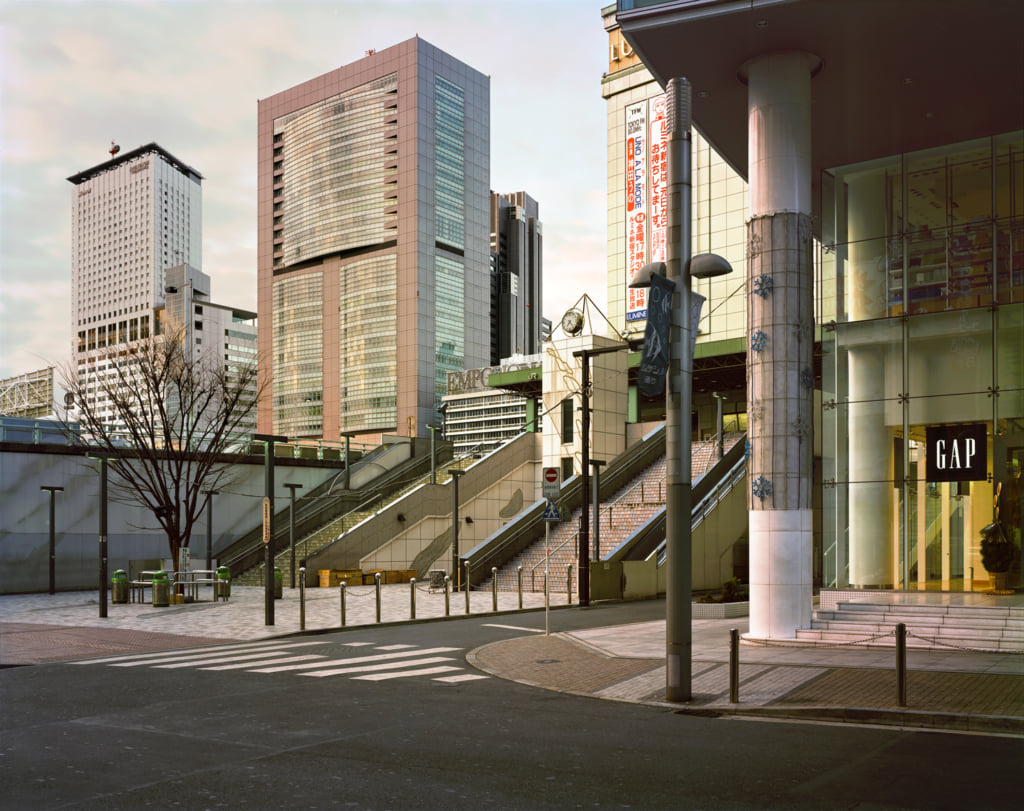
‘Shinjuku Shinjuku-ku’, Jan. 2000 by Masataka Nakano, courtesy of gallery ART UNLIMITED
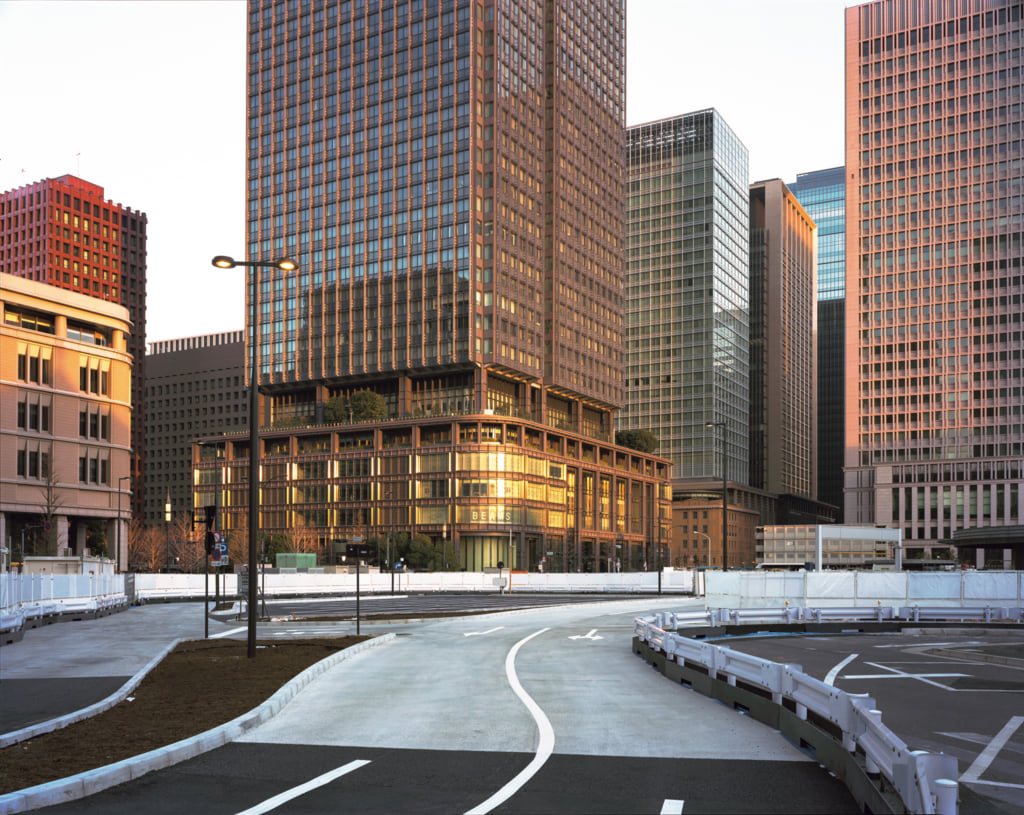
‘Marunouchi, Chiyoda-Ku’, Jan. 2016 by Masataka Nakano, courtesy of gallery ART UNLIMITED
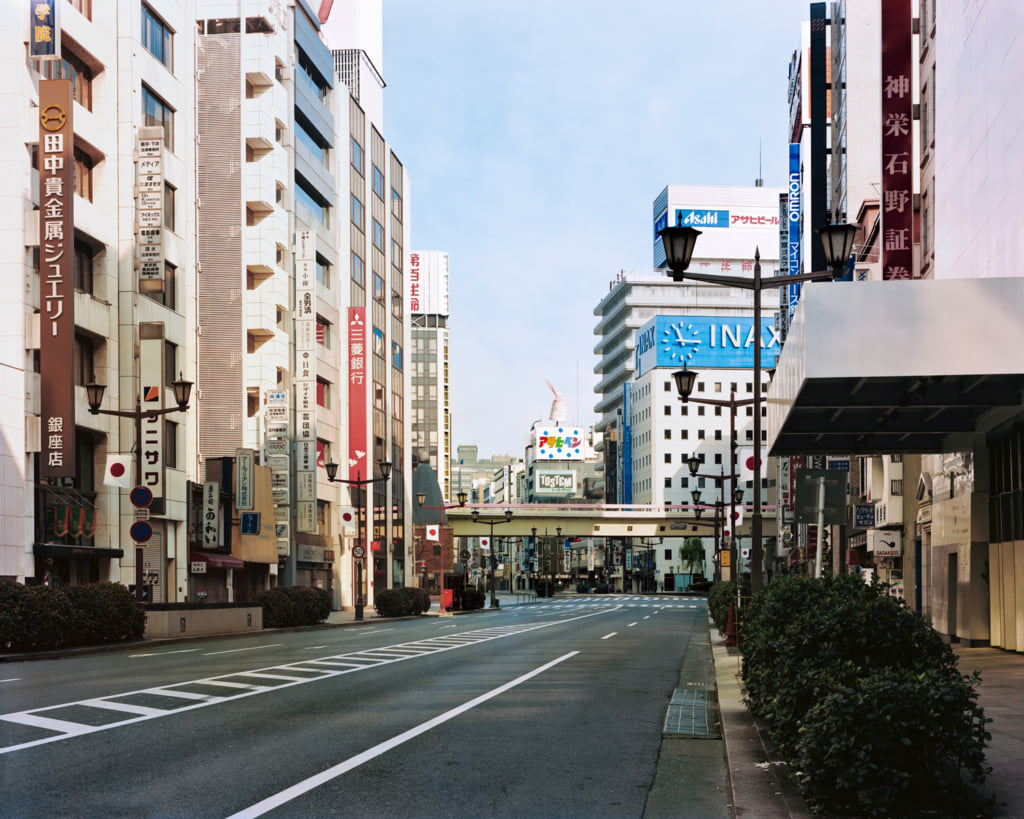
‘Kyobashi Chuo-ku’, Jan. 1992 by Masataka Nakano, courtesy of gallery ART UNLIMITED
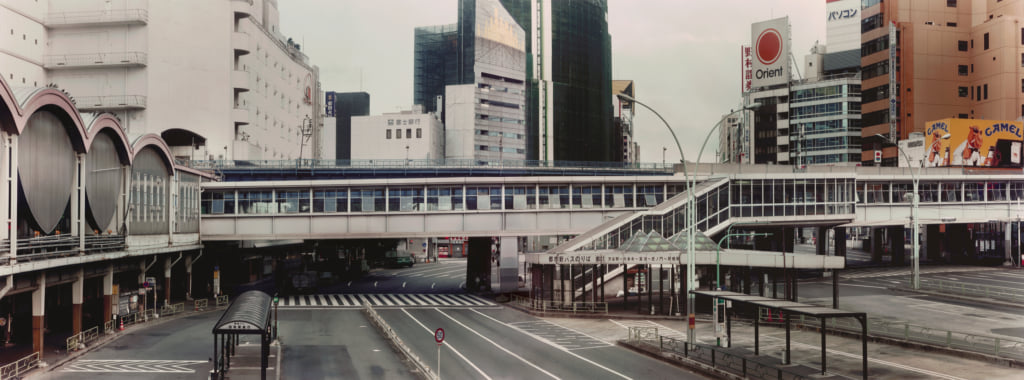
‘Shibuya Shibuya-ku’, Aug. 1992 by Masataka Nakano, courtesy of gallery ART UNLIMITED
TRENDING
-
Gashadokuro, the Legend of the Starving Skeleton
This mythical creature, with a thirst for blood and revenge, has been a fearsome presence in Japanese popular culture for centuries.

-
The Tattoos that Marked the Criminals of the Edo Period
Traditional tattoos were strong signifiers; murderers had head tattoos, while theft might result in an arm tattoo.

-
The Tradition of the Black Eggs of Mount Hakone
In the volcanic valley of Owakudani, curious looking black eggs with beneficial properties are cooked in the sulphurous waters.

-
Recipe for Ichiraku Ramen from ‘Naruto’ by Danielle Baghernejad
Taken from the popular manga with the character of the same name who loves ramen, this dish is named after the hero's favourite restaurant.

-
Tatsuro Yamashita, King of City Pop
The visionary pop singer and producer, who endowed the Japanese tech-boom as a utopian escape for future generations.





